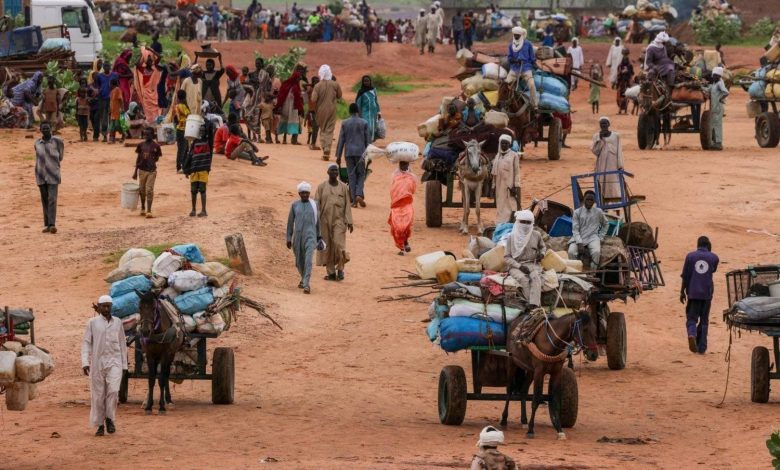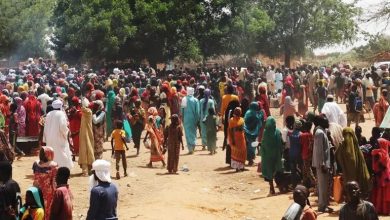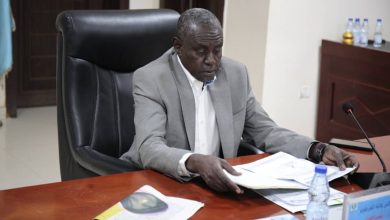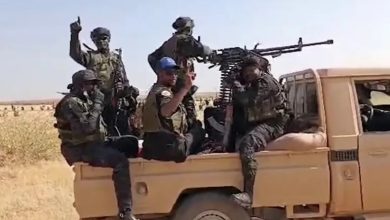Reports
How the “Karo” Cart Helped Transport Displaced People from Al-Jazeera to Safer Areas

Sudan Events – Agencies
The “Karo” is a two-wheeled cart drawn by animals, moving through fields and farmers’ homes, especially in the Al-Jazeera state. During the conflict between the army and the Rapid Support Forces (RSF), it became a widely-used mode of transport as cars were looted and fuel was scarce, even for the few vehicles left.
A Practical Solution:
Residents, especially those in rural areas and within agricultural projects, turned to the “Karo” cart, known in Sudan as an animal-drawn cart, as a practical option. It doesn’t require fuel or electricity, only that its rubber tires be in good condition and inflated. Traditionally, the cart was used in local markets to transport goods from trucks to warehouses or small shops, usually pulled by a donkey or a horse—the latter being more expensive but suited for rougher roads and long hours.
Musab Mohamed Elhadi, an activist documenting violations in Al-Jazeera, shared with Al-Tareeq Sudan that the cart has helped women, children, the elderly, and the sick endure the hardships of displacement. Despite being slow, it eventually gets them safely to their destination. According to Elhadi, the RSF tends to ignore these slow-moving, low-value carts when raiding villages, making them a safer option for those fleeing. However, in some instances, residents were forbidden by the RSF from using them, and there were reports of animals being shot to deprive people of their only means of escape.
An Available Option:
In some areas of Al-Jazeera, people used the cart as a form of paid work, with displaced persons from southern Al-Jazeera villages, such as Faris village, reportedly paying hundreds of thousands of Sudanese pounds to cart operators as it was their only available means to escape RSF violence. Tragically, at least three women died during these difficult journeys from East Al-Jazeera to areas like Al-Fao, Halfa Al-Jadida, and Kassala, due to a lack of medical care and adequate food, especially as they were near delivery.
Humanitarian workers have issued calls to aid organizations and the federal Ministry of Health to deploy ambulances along the routes used by displaced persons to help the sick, elderly, children, and pregnant women.
Mass Displacement:
Yasser Fath Al-Aleem, who monitored the displacement movement from East Al-Jazeera through the Al-Butana region, stated that the humanitarian situation remains critical. RSF attacks have driven tens of thousands to flee, with even those in untouched villages preferring to leave rather than await their turn in the brutal cycle of violence and devastation. Some villages were reportedly warned by RSF soldiers, who said, “Don’t bother locking your doors—you won’t find the village when you return.” Many men were deeply shaken by the horrors witnessed by their families.
Fath Al-Aleem believes that the UN’s estimate of 45,000 displaced people from East Al-Jazeera as of late October 2024 underestimates the actual numbers. He estimates at least 180,000 people have been displaced, as the waves of violence have impacted 45 villages and six major towns, home to tens of thousands. This surge of displacement was reportedly fueled by retaliatory attacks following the defection of an RSF leader, Abu Aqila Kekel, to join the army.



